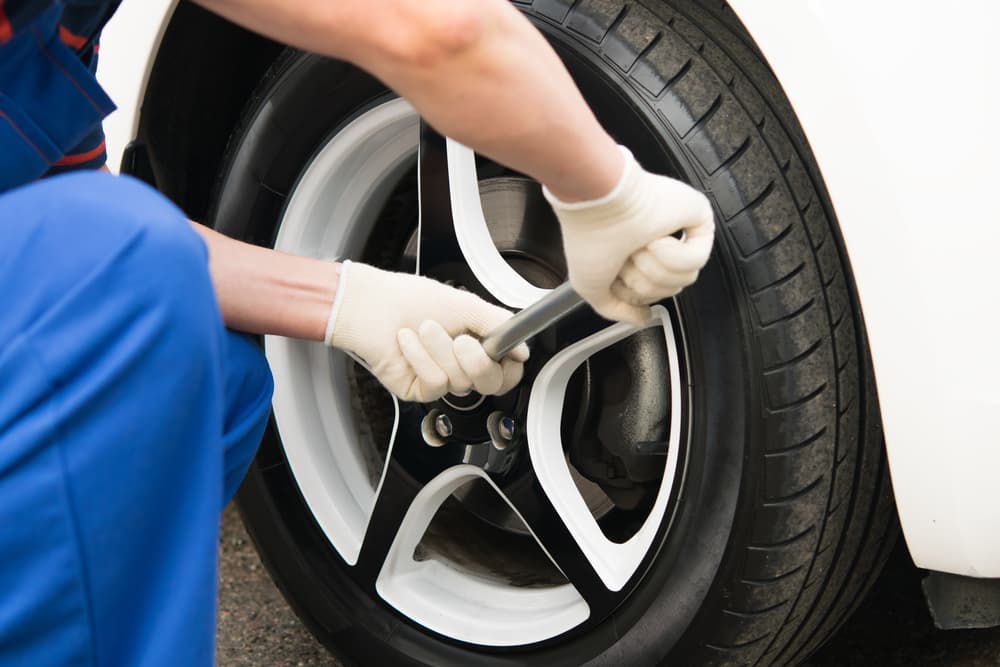The cold winter weather in Canada can turn roads into ice and impede your vision while driving. You need to be on guard at all times, and your car needs to be running properly to ensure a safe and smooth ride all season long. The best way to do that is to winterize your car before the weather arrives. Here are 7 tips to ensure that your car is in tip-top shape and performing optimally come wintertime.
Have It Serviced
Before the first snowfall, it’s always a good idea to have your vehicle serviced to prepare it for the winter weather. Most dealership and autobody shops will have a winter maintenance option that carefully inspects the brakes, cooling and heating system, battery power, cables, belts, and hoses that can freeze up and malfunction in the cold weather.
Switch to Winter Tires
Only winter tires will give you the traction you need to stay safe on snow and ice. If you live in a place that has extreme temperatures and lots of precipitation, you should swap out your all-seasons every fall for winter tires that can offer better traction and handling capabilities in the wintertime.
Fill Up the Fluids
The winter weather can throw a lot of snow, mud, and debris up on your windshield, blocking your field of view. To keep your windshield clean all season long, you’ll need a good amount of washer fluid on hand. Your brake fluid and oil levels will also deplete faster this time of year and should be regularly checked. To play it safe, top up the fluid in the fall and then check every two weeks to ensure you have enough at all times. Storing a bottle of each in the trunk will come in handy if you ever run out, especially in the middle of a storm.
Pack an Emergency Kit
Anything can happen in the wintertime so it’s always smart to be prepared. Storing an emergency kit in the trunk can help keep you safe and secure until help arrives. Your kit should include items like a first aid kit, flashlight, extra batteries, ice scraper and brush, flare, a bag of sand and shovel, jumper cables, warm blankets and extra clothing, and non-perishable food and water.
Refill Your Tires
The cold can also drop the pressure in your tires. So it’s important that you check your tire pressure more frequently in the winter, especially before the temperature drops in November.
Replace Burnt Lights
You’ll be using your lights a lot more in the winter with the shorter days. Now’s the time to do a circle check to see if any of your lights are dull or out. If any need replacing, there’s no better time than now.
Check Your Insurance Coverage
Even if you’ve winterized your vehicle, you should still check that you’re fully protected in the event of an accident. Take a good look at your car insurance to see if it’s still valid and provides you with all the coverage you need for winter driving. Having optimal insurance will give you the safety net you need in the event of a mishap in the winter.
Ready to explore winter-ready car insurance rates? Contact us at Rowat Insurance. Our insurance brokerage team will find you the best rates for your vehicle and driver history.
